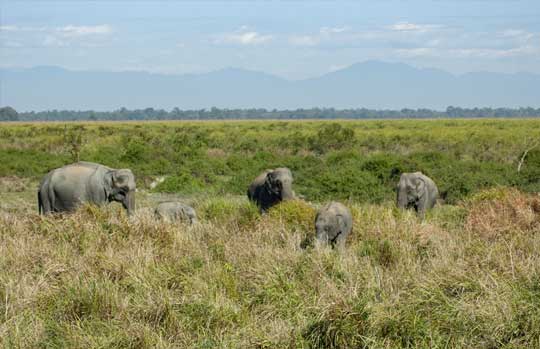History
The history of Kaziranga as a protected area can be traced back to 1904, when Mary Victoria Leiter the wife of the Viceroy of India, Lord Curzon, visited the area. After failing to spot a Rhinoceros, for which the area was renowned, she persuaded her husband to take urgent measures to protect the dwindling species. On 1st June 1905, Kaziranga Reserve Forest was established. Lying along the mighty Brahmaputra River, the park is replete with swamps and grasslands with tall thickets of elephant grass and patches of evergreen forests that make it a haven for wild animals. The park's contribution in saving the Indian One-Horned Rhinoceros from the brink of extinction at the turn of the 20th century to harboring the single largest population of this species is a spectacular conservation achievement.




